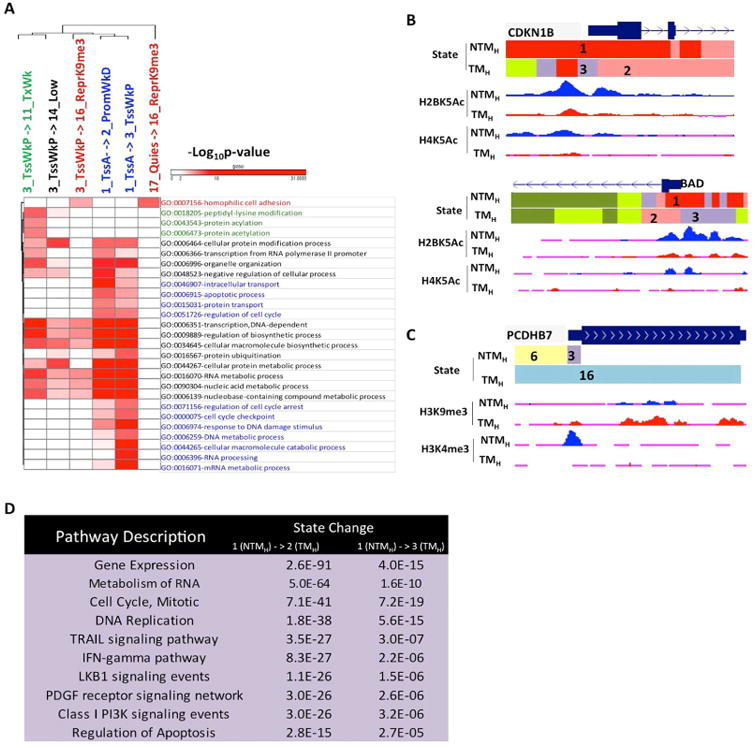Figure 4. Chromatin state changes during transition to tumorigenic state mark specific cancer pathways.

(A) Heat map showing -log10(p-value) for top GO terms enriched in specific promoter state transitions between non-tumorigenic (NTMH) to tumorigenic (TMH) cells. (B) UCSC genome browser view of chromatin states as well as selected histone acetylation profiles (H2BK5Ac and H4K5Ac) for loci encompassing cell cycle regulator CDKN1B and apoptotic genes BAD, which showed loss from NTMH to TMH cells. (C) UCSC genome browser view of chromatin states as well as selected histone mark H3K9me3 and H3K4me3 profiles for loci encompassing pro-adhesion PCDHB7 in NTMH and TMH. (D) Top 10 most significant pathways (pathway commons) associated with promoters displaying state transitions from State 1_TssA in non-tumorigenic cells (NTMH) to States 2_PromWkD and 3_TssWkP in tumorigenic (TMH) cells. See also Figure S5 and Table S5, S6.
